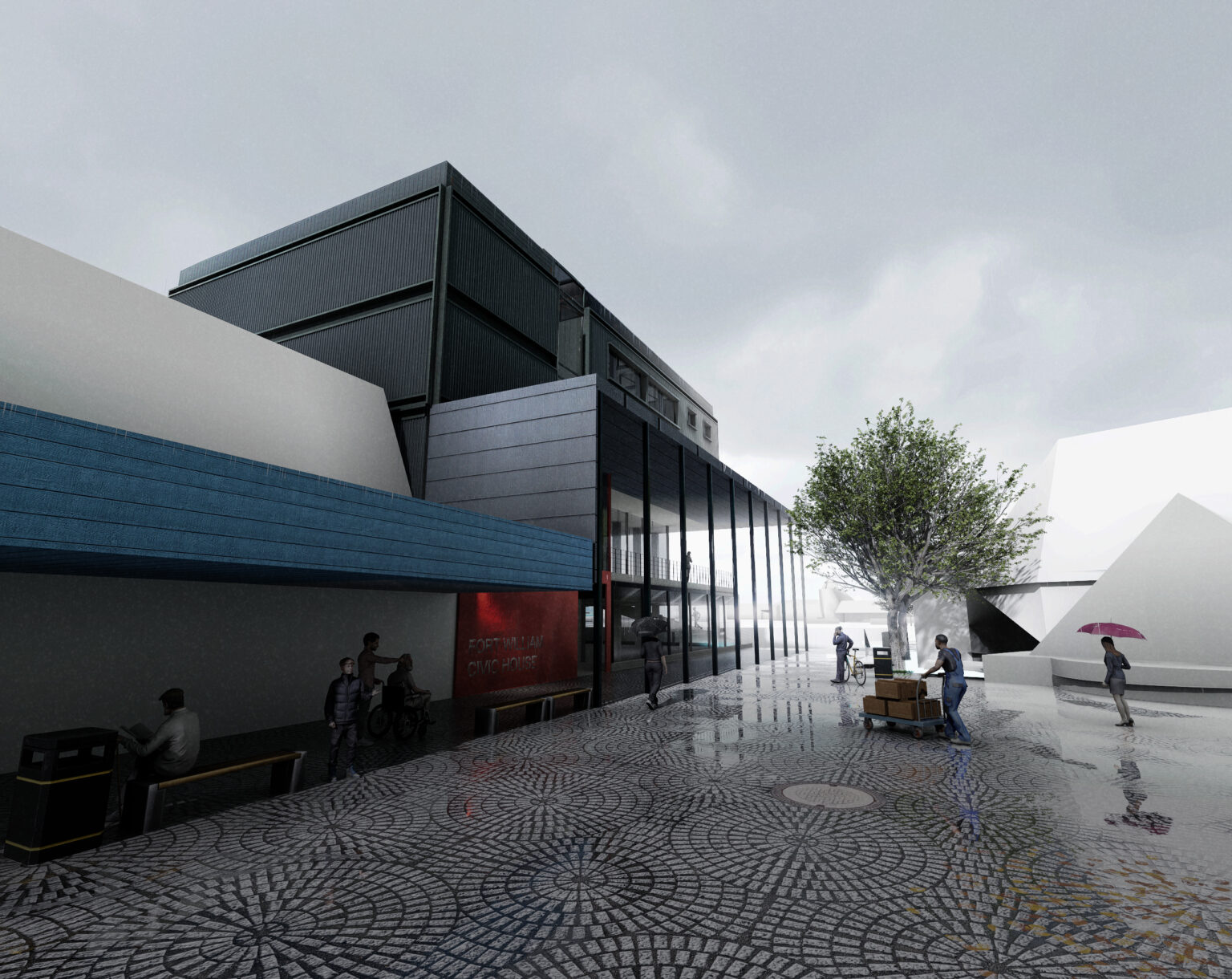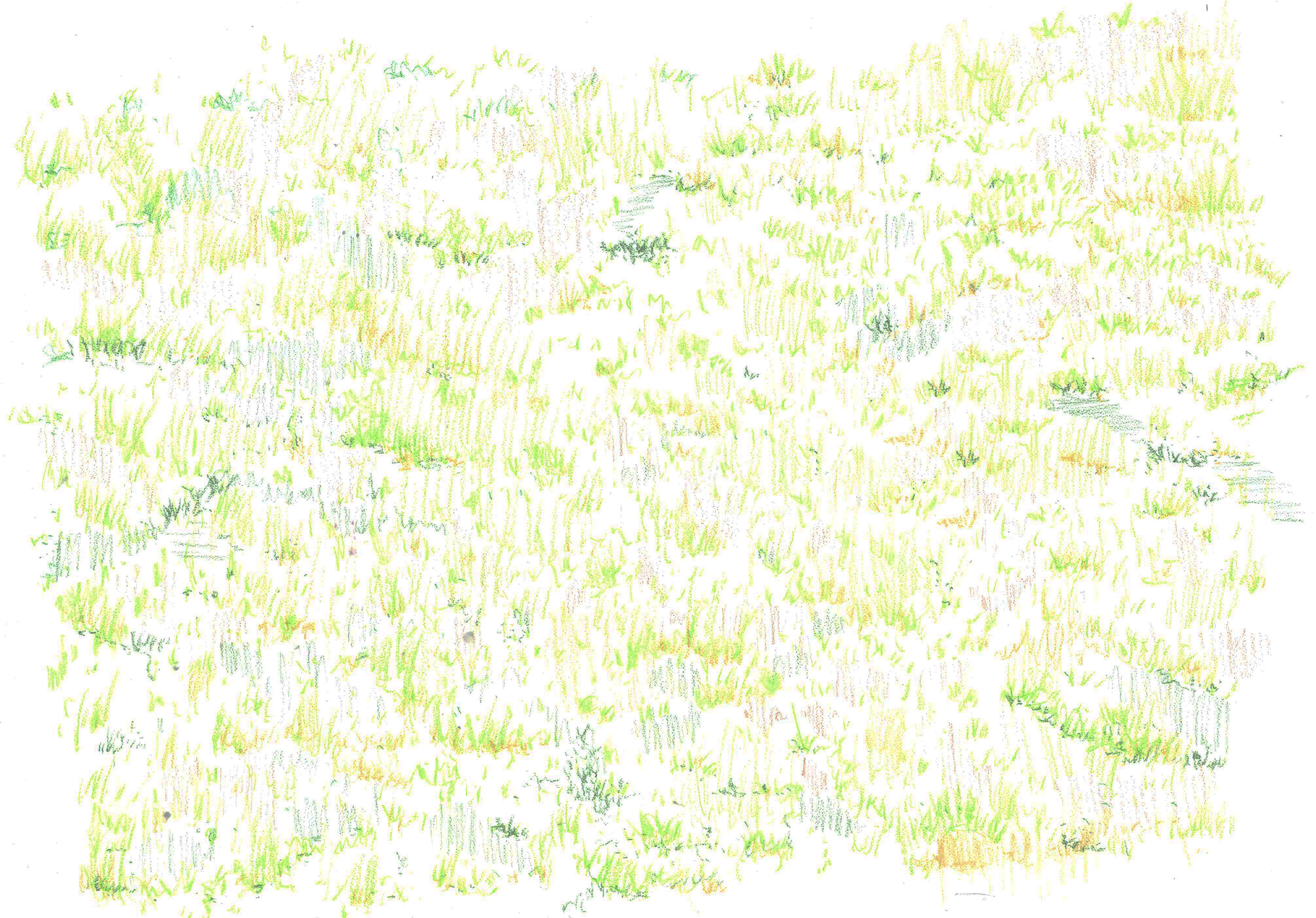MSA Stage 3 School of Architecture
Daniel Soh

Hi! My name is Daniel, and I’m a third-year architecture student from Singapore. My projects this year have focused on the relationship between site, material, and meaning. I’ve employed a curated array of materials to convey architectural intent and explore the democratisation of space for civic and cultural purposes. This allows me to use architecture not just as a means of building, but as a tool for critique. By offering less-than-complete solutions, we create space for questioning.
Both of my projects are rooted in immersive engagement with the Scottish Highlands, specifically Fort William and the wider Lochaber region. Uisge Beatha continues the everyday civic fabric, sitting within the descent to the loch and grounded in the human scale of the town. The Scar interrogates the visual, ecological, and philosophical implications of infrastructure, challenging its normalisation in the landscape.
Together, these projects confront the systems we depend on and ask who we are really building for. They approach architecture as a dialogue with place, rather than a resolution of it.
Ultimately, my design practice is driven by a deep curiosity for context, and a belief that architecture must democratise space, amplify voices, and leave room for others to shape what comes next.
Contact

Uisge Beatha
In the rugged Highlands of Scotland lies Fort William, a region of dramatic landscapes and rich history, once a key player in Scotland’s industrial revolution, thriving as a hub for stone masons, coopers, and craftsmen, industry. However, the decline of traditional industries has led to economic and cultural erosion. The High Street, now filled with outdoor gear shops catering to tourists, symbolises gentrification and the loss of civic identity. The region’s residents reflect a broader decline in architecture, culture, and opportunity. This project aims to explore how tourism, urban development, and cultural preservation can coexist in such a fragile environment. Inspired by Lochaber’s natural resources and the craftsmanship embedded in its history, this proposal envisions a lifelong crafts learning retreat. It’s not just a building, but a commitment to balance progress with conservation, modernity with history, and commercial interests with civic responsibility. The goal is to shift the dynamic from a tourist-consumer relationship to one of guest-host interactions. This project reimagines Fort William as a space that engages with the interdependencies between people, materials, and landscapes. Architecture can’t solve ecological crises, but it can intervene meaningfully within its limited scope, fostering a more sustainable and interconnected community.
Project Links
the Scar
the Scar is a landscape intervention that explores the visual, ecological, and political impact of power lines in the Scottish Highlands. Situated north of Fort William, the project responds to the infrastructural scarring of the landscape, where high-voltage pylons carve corridors through native woodland, breaking the continuity in ecology, dwarfing its context and distorting the sightlines of the Highlands. The project frames these clearings as invasive spatial violence. Exploring the tectonics of pylons and their components, the intervention Kit-of-parts utilises steel lattice frames, tensile mesh, rammed earth, and quarried slate to convey architectural intent. These materials express both weight and dissonance, grounding the project in the physical logic of pylons while disrupting any illusion of harmony. The design introduces three interwoven paths, each with its own spatial logic, thus creating an experience of reflection, tension, and disorientation. This intervention hopes to make legible the neglected relationship between landscape and infrastructure. By choreographing unease and atmospheric awareness, the project invites visitors to reckon with the cost of progress… not through erasure, but through presence.
InterACT 2025
In Collaboration with the University of Glasgow, the University of the West of Scotland and Glasgow Caledonian University
The Lochaber Research Station is located on the Adarmachan Peninsula. The station serves as a critical base for researchers to live and work for extended periods.
The design revolves around demountability and sustainable material and energy choices.
The Mackintosh Climate Action Network
The Mackintosh Climate Action Network (The MackCAN) is a student-initiated movement in the Mack to expand the climate literacy of the student body. Its role is also to confront the overwhelming volume of confusion, disinformation, and greenwashing surrounding the built environment’s response to the climate emergency, including the use of ‘green materials’ or the carbon calculations that are mandated. Climate education is at a crossroads, and we reject the business-as-usual approach to design by focusing on education that is hands-on and advocates for a regenerative, participatory, and equitable approach to understanding and dealing with the complexities of designing in the Anthropocene. Through engagement, the MackCAN sees itself as part of the answer towards a generation of graduates that meet the climate challenge head-on and push the boundaries of what we accept to be sustainable design in architecture.























































